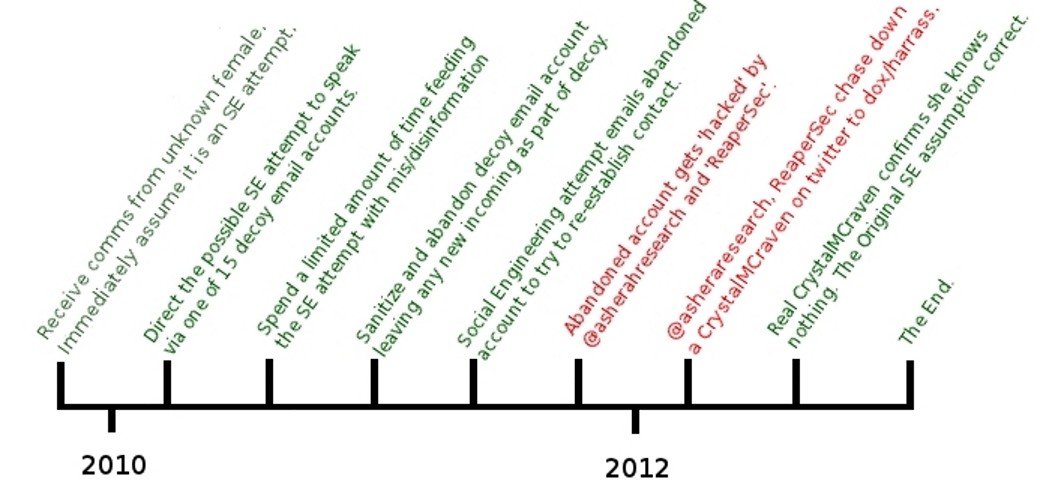The Investing Risk Of Underfunded Pension Plans Yahoo7 Finance Australia
Post on: 5 Июль, 2015 No Comment

There is great debate about what, if any, risk is posed by underfunded pensions. Murky accounting and limited disclosure make it difficult for investors to evaluate this risk. In this article we will discuss the issues surrounding pension risk.
Pension Risk Defined
From an investor’s point of view, pension risk is the risk to a company’s EPS and a financial condition that arises from an underfunded defined-benefit pension plan. Before we define underfunded, it is important we note that pension risk arises only with defined-benefit plans.
A defined-benefit pension plan promises to pay a specific (defined) benefit to retired employees. In order to meet this obligation, the company must invest wisely, so that it has the funds to pay the promised benefits. The company bears the investment risk, because it has promised to pay employees a fixed benefit and must make up for any investment losses.
Under a defined contribution plan, which is sometimes called profit sharing, the employees bear the investment risk, because the company contributes a specific amount to employees’ retirement accounts, rather than paying a fixed benefit directly to retired employees. Therefore, any gains/losses of these retirement investments belong to the employees. While the number of defined-benefit plans has declined, the unionized companies have the greatest risk.
Underfunded means that the liabilities, the obligations to pay pensions under defined-benefit retirement plans, exceed the assets (the investment portfolio) that have accumulated for the purpose to fund those required payments. These assets are a combination of invested corporate contributions and the returns on those investments.
Under current IRS and accounting rules, pensions can be funded by cash contributions and by company stock, but the amount of stock that can be contributed is limited to a percentage of the total portfolio. Companies generally contribute as much stock as they can in order to minimize their cash contributions, but this is not good portfolio management, because it results in an overinvestment in the employer. The portfolio is then overly dependent on the financial health of the employer, for both future contributions and good returns on the employer’s stock.
If over three consecutive years the value of the pension’s assets is less than 90% funded, or if in any year the assets are less than 80% funded, the company must increase its contribution to the pension portfolio, which is usually in the form of cash. The need to make this cash payment could materially reduce EPS and equity. The reduction in equity could trigger defaults under corporate loan agreements, which generally have serious consequences, ranging from higher interest rates to bankruptcy.
That was the simple part. Now it starts to get complicated.
Determining whether a company has an underfunded pension plan is as simple as comparing the fair value of plan assets, which includes the current value of the plan assets that the company estimates it will have in the future, to the accumulated benefit obligation, which includes the current and future amounts owed to pensioners. If the fair value of the plan assets is less than the benefit obligation, there is a pension shortfall. The company is required to disclose this information in a footnote in a company’s 10-K annual financial statement.
However, this simple comparison is a deceptive process, because it is unlikely that the company will actually have to pay the full amount in a relatively short time frame. A company must place a current value on the benefits that won’t be paid until several years into the future and then compare this number to the current value of pension assets. To put it another way, it’s like comparing the mortgage on your recently purchased home, to your savings account. The gap is currently very large, but you expect to make the payments from future earnings. What is the ‘real’ risk that you will default on your mortgage?
Assumption Risk
This is the risk of companies using assumptions to reduce the need to add cash to their pension funds. As we are dealing with long-term obligations and uncertainties, assumptions are necessary for estimating both the accumulated benefits and the amount the company needs to invest to provide those benefits. These assumptions can be made in good faith, or they can be used to minimize any adverse impact on corporate earnings. There is a very real risk that companies will adjust their assumptions, to minimize the shortfall and the need to contribute additional money to the pension fund.
For example, a company could assume a long-term rate of return of 9.5%, which would increase the funds expected to come from investments and thus reduce the need to add cash. This assumption, however, looks overly optimistic if you consider that the long-term return on stocks is about 7% and the return on bonds is even lower. It is also reasonable to assume that the pension fund would have some bond holdings, in order to meet the near-term payment obligations.
Another way companies can manipulate the pension liability is to assume a higher discount rate. The accumulated pension obligation is the net present value of the future stream of expected benefit payments. A higher discount rate will result in a lower benefit obligation. Investors need to review the assumptions, in relation to current economic trends and expectations, in order to evaluate the reasonableness of these assumptions.
The Bottom Line
The risk of underfunded pensions is real and growing. An underfunded pension and an aging workforce is a very real risk to companies and investors, but the shortfall and assumption risks are very hard to evaluate.














